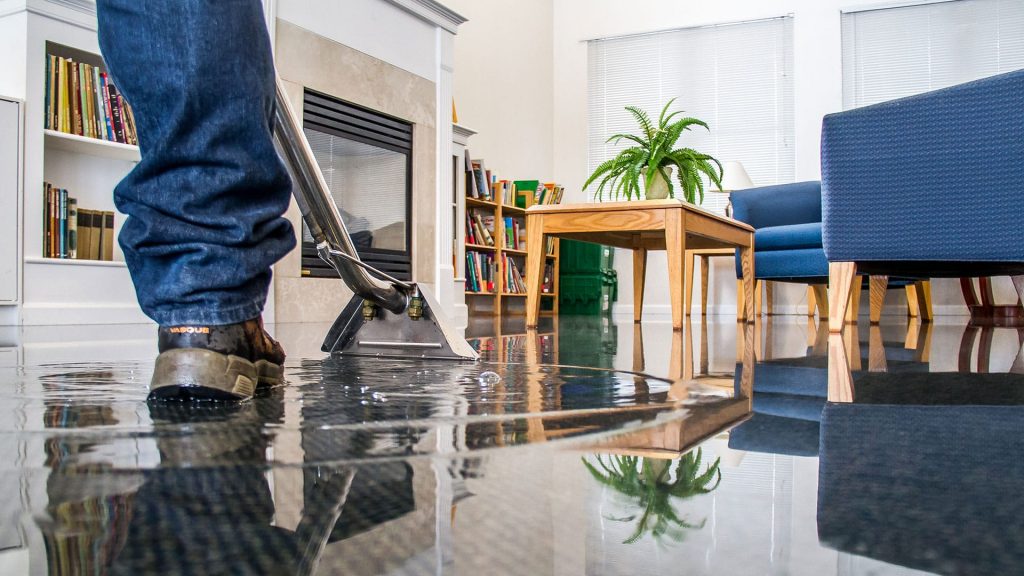On this page down the page you will find lots of sound insight involving Fire And Water Damage Prevention.

Water provides life, yet water intrusion on some parts where it's not supposed to be can result in damage as well as aggravation. In addition, homes with water damages scent old and musty.
Water can originate from many sources like typhoons, floods, burst pipes, leaks, as well as drain problems. If you have water damages, it's far better to have a functioning expertise of safety and security preventative measures. Right here are a few guidelines on how to manage water damages.
Do Prioritize House Insurance Coverage Protection
Seasonal water damage can originate from floodings, seasonal rains, as well as wind. There is also an event of an abrupt flood, whether it came from a damaged pipe that suddenly breaks into your home. To secure your home, obtain home insurance that covers both disasters such as natural tragedies, and emergency situations like broken plumbing.
Do Not Forget to Shut Off Energies
When catastrophe strikes and also you're in a flood-prone area, switch off the primary electric circuit. Turning off the power stops
electric shocks when water comes in as water functions as a conductor. Do not forget to shut off the primary water line shutoff as a means to prevent more damage.
If the floodwaters are obtaining high, maintain your furnishings secure as they can walk around and also create added damages.
Do Remain Proactive as well as Heed Weather Signals
Tornado floods can be extremely unpredictable. If you stay in an area tormented by floodings, remain proactive and also ready in any way times. Pay attention to the information and emptying cautions if you live near a body of water like a lake, river, or creek . Secure your prized possessions and also vital records from the very beginning and also cellar, then put them in a safe place and also the greatest possible level.
Do Not Ignore the Roofing System
Your contractor must take care of the defective rain gutters or any various other indications of damages or weakening. An assessment will protect against water from streaming down your wall surfaces as well as saturating your ceiling.
Do Focus On Small Leaks
There are red flags that can attract your attention as well as show to you some weakened pipelines in your home. Indicators of red flags in your pipelines include gurgling paint, peeling off wallpaper, water streaks, water stains, or leaking audios behind the walls. Repair work as well as evaluate your plumbing repaired prior to it results in substantial damage to your house, financial resources, as well as an individual problem.
Do Not Panic in Case of a Ruptured Pipeline
Timing is vital when it comes to water damages. If a pipeline ruptureds in your residence, right away shut off your primary water shutoff to cut off the resource and also avoid even more damage. Call a respectable water damage remediation professional for assistance.
Water gives life, however water breach on some parts where it's not expected to be can result in damages and trouble. In enhancement, residences with water damages smell old as well as mildewy.
Seasonal water damages can come from floodings, seasonal rains, as well as wind. Indications of red flags in your pipelines consist of bubbling paint, peeling wallpaper, water streaks, water discolorations, or leaking audios behind the wall surfaces. If a pipe ruptureds in your home, instantly shut off your primary water valve to cut off the source and avoid more damage.
Some Do's & Don't When Dealing with a Water Damage
DO:
Make sure the water source has been eliminated. Contact a plumber if needed. Turn off circuit breakers supplying electricity to wet areas and unplug any electronics that are on wet carpet or surfaces Remove small furniture items Remove as much excess water as possible by mopping or blotting; Use WHITE towels to blot wet carpeting Wipe water from wooden furniture after removing anything on it Remove and prop up wet upholstery cushions for even drying (check for any bleeding) Pin up curtains or furniture skirts if needed Place aluminum foil, saucers or wood blocks between furniture legs and wet carpet Turn on air conditioning for maximum drying in winter and open windows in the summer Open any drawers and cabinets affected for complete drying but do not force them open Remove any valuable art objects or paintings to a safe, dry place Open any suitcases or luggage that may have been affected to dry, preferably in sunlight Hang any fur or leather goods to dry at room temperature Punch small holes in sagging ceilings to relieve trapped water (don't forget to place pans beneath!); however, if the ceiling is sagging extremely low, stay out of the room and we'll take care of it DO NOT:
Leave wet fabrics in place; dry them as soon as possible Leave books, magazines or any other colored items on wet carpets or floor Use your household vacuum to remove water Use TV's or other electronics/appliances while standing on wet carpets or floors; especially not on wet concrete floors Turn on ceiling fixtures if the ceiling is wet Turn your heat up, unless instructed otherwise

I hope you liked our article about Keeping Your Home Safe This Holiday Season. Thanks a lot for taking time to browse our piece. Are you aware of somebody who is fascinated by the topic? Be sure promote it. Thanks so much for your time invested reading it.